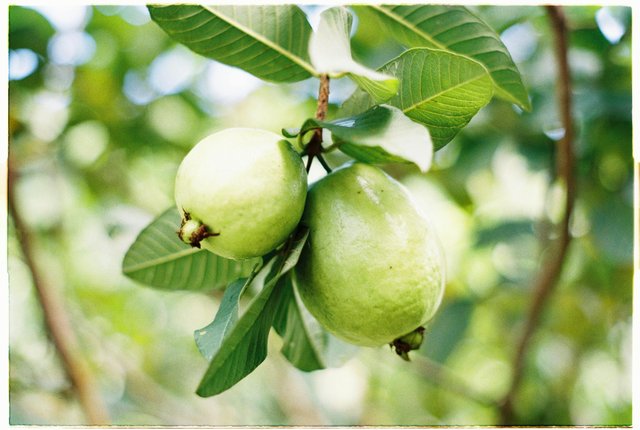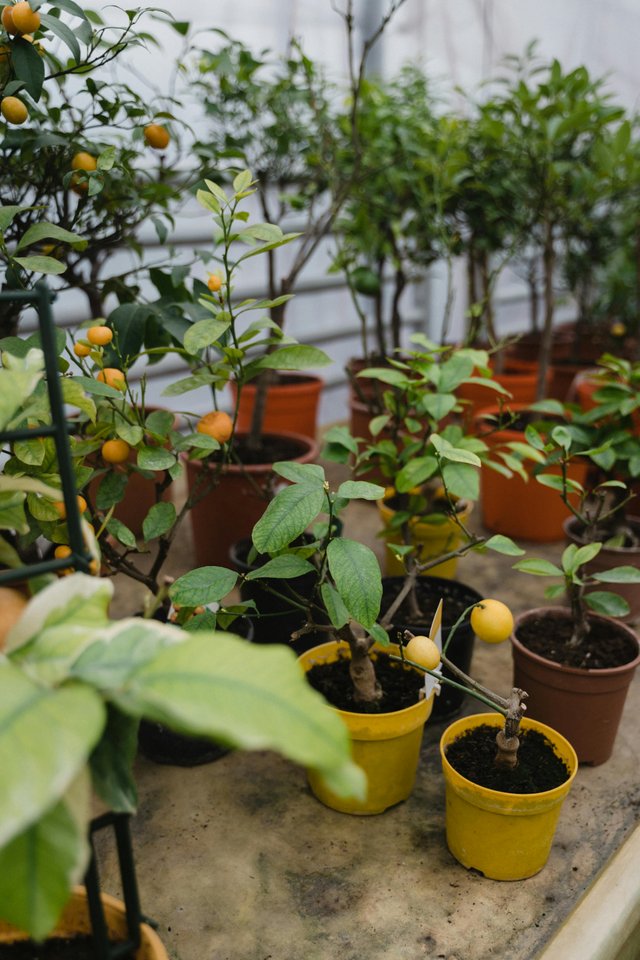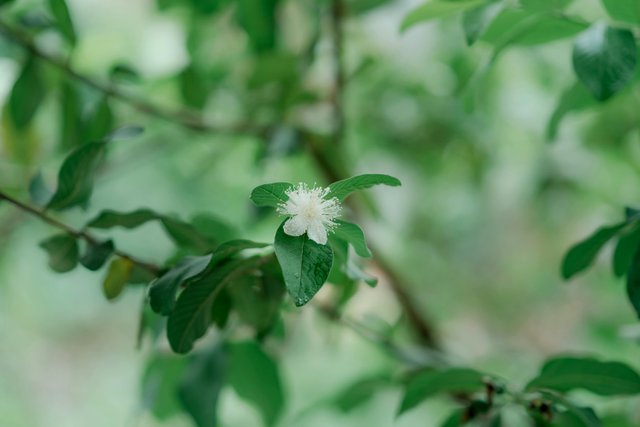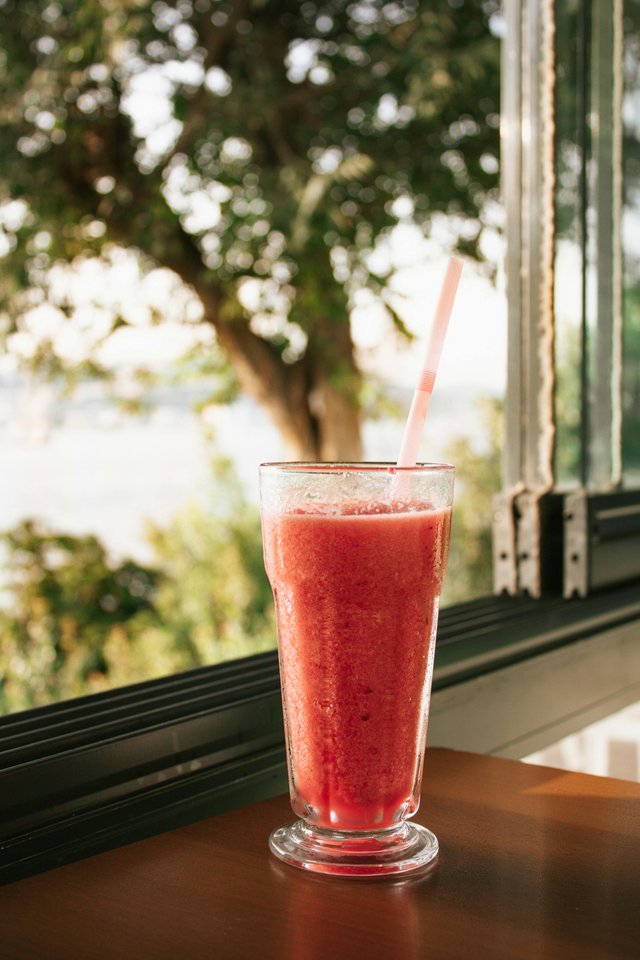The experience of growing guavas. Some points from my experience in this field
Hello, how are you all? Good morning! Today I'd like to talk to you about the guava cultivation process. It's a laborious process, but one that ultimately yields good results.
Honestly, I really like this fruit, whether in smoothies or any other drink. That's why I wanted to share its growing process with you today.
Guava is a fruit well known for its delicious flavor and juice, as well as for its health benefits. So much so that it has become the main source of income for many farmers. But this crop is also easy to grow, as it requires very few resources and also comes from tropical climates, so it's very hardy.
As I've discussed in other posts, such as the one on chili cultivation, the soil must be properly prepared and enriched with a little compost to improve the mineral quality of the soil. One way to do this is a method I've used a lot: dig a hole less than half a meter across, fill it with compost, and then plant it—in this case, a single seedling.
To obtain this plant, we can sow guava seeds or graft them from its branches. Now, I'm not entirely sure how to do it, but in my case, I planted them with seeds. To plant them, they must be spaced 3 to 5 meters apart from trunk to trunk, as well as receive constant irrigation during the first few months. One thing I had forgotten is that the seedling must be at least half a meter tall to plant, in my experience.
Now for the harvest, what we farmers crave. These plants begin to produce after 2 to 4 years, with a yield of 30 to 80 kg of guavas per year.
Well, that's all I know about growing them, but now I'd like to explain their benefits.
Guava contains up to four times more vitamin C than oranges, strengthening the immune system and preventing disease. Its high fiber content helps improve the digestive system. The juice of boiled guava leaves is also very good for disinfecting wounds and reducing inflammation. Honestly, its leaves and the plant itself have many medicinal properties.
It can also be consumed in the form of juices and smoothies, which are highly nutritious. It can be used in jams, preserves, teas, and extracts made from its leaves, as I mentioned before, due to its medicinal properties.
Well, friends, that's all for today. It can be said that guava has had a sustainable impact on the food and monetary economy. I loved sharing this post with you; I really appreciate you reading it. As always, I'm leaving you my Telegram link so you can recommend more ideas.@geantech
photos from Pixabay




Greetings your post is both informative and heartfelt and I really admire your dedication to sharing the guava cultivation process, so valuable for new growers. The health benefits you mentioned are fascinating too so keep inspiring others with your farming knowledge and passion wish you all the best.
Thank you so much